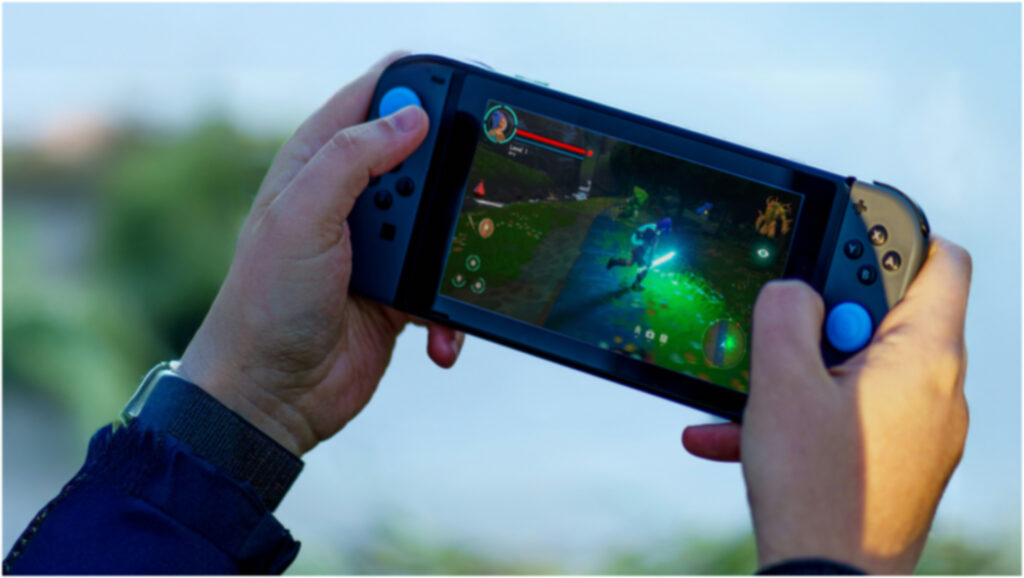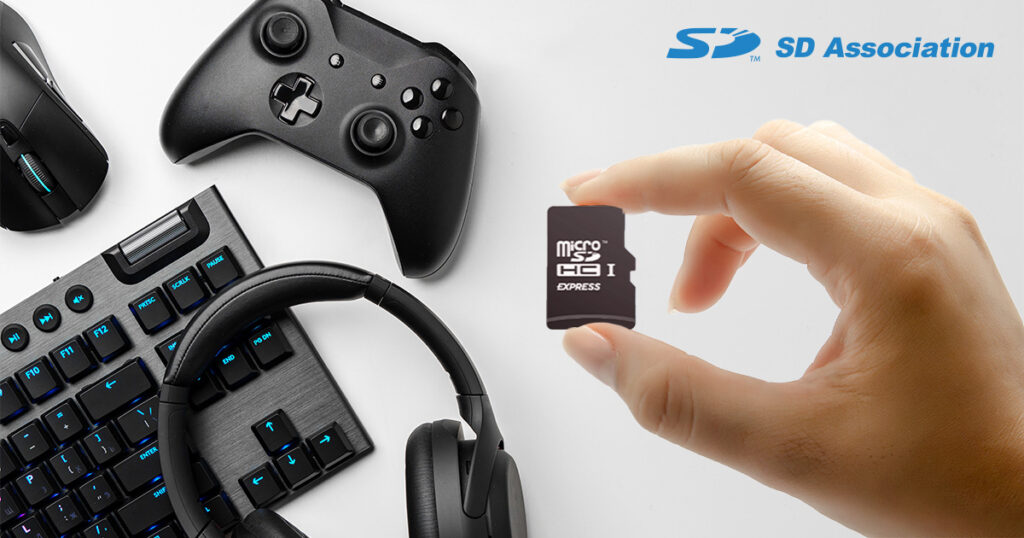From the 1989 Game Boy to the 2024 ASUS ROG Ally X, the experience of modern handheld gaming systems is evolving. The industry is undergoing a complete revival, as younger players dive into immersive new worlds and experienced players explore the reimagined classics.
According to Omdia, 19.3 million handheld gaming devices were sold globally in 2023. The Games Handhelds Database forecast, which spans the full breadth of dedicated handheld gaming hardware, estimates this will grow to 29.3 million units by 2028.
As this technology continues to modernize, handhelds have now shattered the expectations of their predecessors and can deliver even more powerful experiences with SD memory cards.
The Role of SD Memory Cards in Handheld Gaming
The handheld gaming market is diverse. One thing that remains the same amongst the most popular handheld gaming systems though, is the availability of SD memory card slots. This includes powerful portable PCs like the ROG NUC line that are capable of playing AAA titles to compact handhelds focused on mobile gaming and affordability.
Historically, handhelds required separate game libraries due to unique hardware. However, modern games now often exceed 100GB, making expandable storage via SD memory cards crucial. This allows for cross-platform compatibility, letting gamers enjoy the same titles on both consoles and handhelds.
SD memory cards also enable manufacturers to offer devices with smaller internal storage, lowering the base price and allowing users to customize storage capacity based on their needs and preferences for different types of games.

Why SD Express Is Great for Gaming
As manufacturers strive to provide gamers with the best possible experience, a key aspect of this evolution is the adoption of SD Express technology, which offers significant advantages for both gamers and device manufacturers.
The microSD Express Memory Card
A notable advancement in memory card technology is the microSD Express memory card. This new standard offers significantly faster read and write speeds compared to traditional microSD memory cards, making it ideal for demanding gaming applications.
microSD Express technology leverages the PCIe interface and NVMe protocol, the same technologies used in high-performance SSDs. This allows for data transfer rates that are around 8-9 times faster than those of traditional microSD cards as well as having >10 times higher random access performance.
Key Benefits
The benefits of implementing SD Express in gaming devices are numerous:
- Faster Read and Write Speeds: This enables quicker loading times, reduced lag, and improved overall performance. The higher throughput of SD Express memory cards ensures that the game is accessed quickly and efficiently uploaded to the internal memory for running. The overall time that user will experience from the moment the initialization of game is requested until its up and running is significantly faster.
- Easy Backup and Accessibility: SD Express memory cards also offer a convenient way to back up game saves and other important data. This is particularly useful for gamers who frequently switch between multiple devices or who want to protect their data from accidental loss. Plus, SD Express cards can facilitate faster transfer speeds, making it quicker and easier to move large game files between your console/PC and a portable storage device like a multi-terabyte HDD or SSD. It allows gamers to store all their full stack of purchased games on their table-top multi-terabyte memory device at home and then download the specific games for play to the microSD Express card to be used on-the-go with the handheld gaming device. The download process is expected to be in practice about 5-6 times faster.
- A Comparable Performance to the Internal M.2 (SSD): The significantly higher sequential and random access performance of microSD Express enables the ability to run games directly from the cards offering significant performance benefits. Their speeds rival internal M.2 SSDs, allowing for incredibly fast data transfer of graphics, games, and other data. This means smaller internal SSDs or DRAM memory can be used, leading to sleeker and more portable devices without sacrificing performance, allowing a more efficient usage of the existing internal memory (e.g. running the main game program from the internal memory and uploading high resolution graphic files on demand from the card as needed in real time).

Future-Proofing Handheld Gaming Devices
Games are becoming increasingly complex, with larger file sizes and more demanding performance requirements. SD memory cards offer a scalable and cost-effective solution to the challenges of future gaming innovations and demands. Manufacturers must prioritize the implementation of SD Express technology in their devices to ensure that gamers have the storage and performance they need to enjoy their games.
This can be achieved quickly and efficiently by utilizing existing off-the-shelf bridge solutions from a variety of SDA members. These solutions offer broad compatibility, supporting SD UHS-I, UHS-II, and SD Express cards, giving users the freedom to choose the card that best suits their needs while paving the way for a smoother transition to the high-speed capabilities of SD Express.




